PPT-Creating Memos Mini-Lesson #70a
Author : maxasp | Published Date : 2020-08-27
Created by Hunter Brown Summer 2013 Memos are brief printed documents traditionally used for the routine daytoday exchange of information within an organization
Presentation Embed Code
Download Presentation
Download Presentation The PPT/PDF document "Creating Memos Mini-Lesson #70a" is the property of its rightful owner. Permission is granted to download and print the materials on this website for personal, non-commercial use only, and to display it on your personal computer provided you do not modify the materials and that you retain all copyright notices contained in the materials. By downloading content from our website, you accept the terms of this agreement.
Creating Memos Mini-Lesson #70a: Transcript
Download Rules Of Document
"Creating Memos Mini-Lesson #70a"The content belongs to its owner. You may download and print it for personal use, without modification, and keep all copyright notices. By downloading, you agree to these terms.
Related Documents

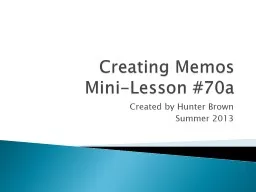

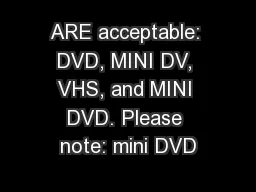
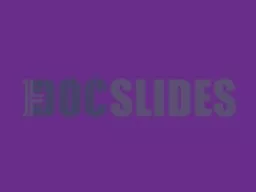

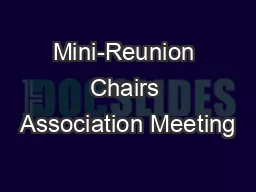
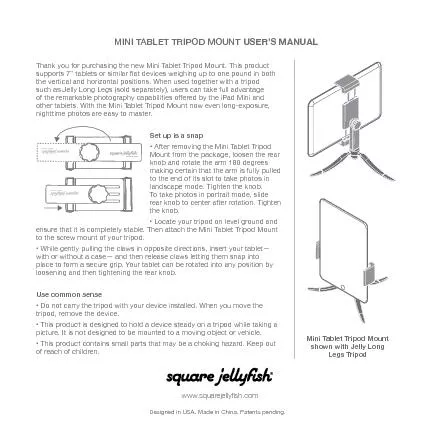

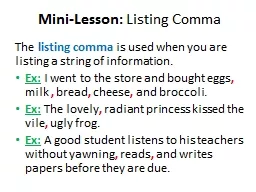
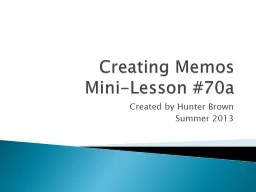
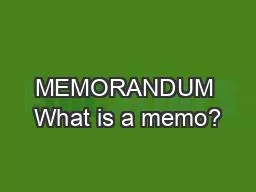
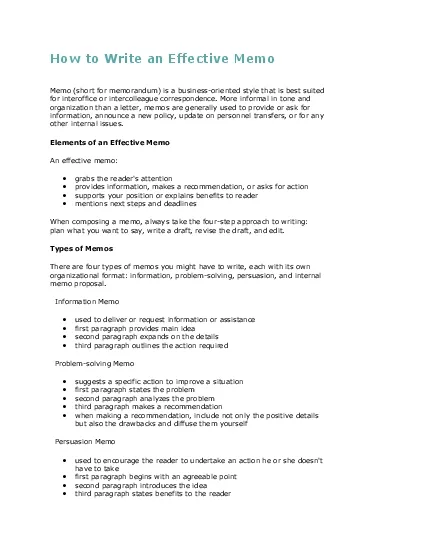
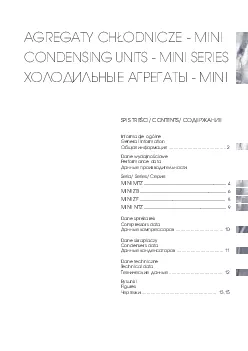
![READ [PDF] Only Cry For the Living: Memos from the ISIS Battlefield](https://thumbs.docslides.com/1019704/read-pdf-only-cry-for-the-living-memos-from-the-isis-battlefield.jpg)